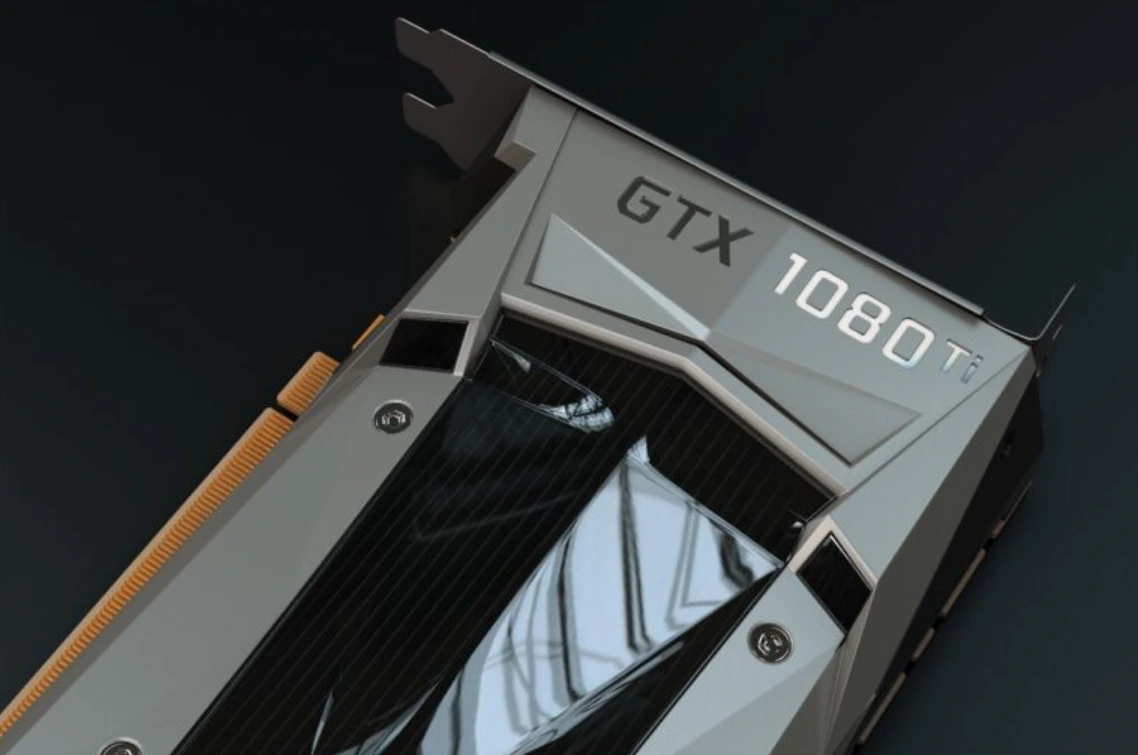Nvidia is the largest manufacturer of graphics cards. In the field of gaming, the company has been able to assert itself against its competitor AMD for a long time. The current generations of graphics cards, GTX and RTX, have contributed to the success. But what is the difference? Which of the two variants is more powerful? We look at this in detail.
GTX – the standard among graphics cards for years
Even before the GTX series, Nvidia had already developed G and GT series graphics cards. With GTX, a new series started in June 2008 and lasted until the release of the first RTX card in 2018. The first graphics card to bear the GTX title was the GTX 260 and the GTX 280. The GTX stands for “Giga Texel Shader eXtreme”, which is a specific type of graphics processing that these new cards were able to do at the time.
The naming has not changed in the following years. From the 200 series, the abbreviation GTX has continued through to the 1000 generation. With the GTX 1080, the last model of the main series was released in 2017, as well as the GTX 1650, GTX 1660, and GTX 1660Ti cards in a separate series that was newly released in 2019. These are still widely used today, three to four years after their actual release.
Special offshoots of the GTX series were the Titan graphics cards used for high-end PCs. Another improvement came in the form of the ti series and super series, which gave the regular cards a performance boost. These can still compete with some models in the RTX series today and are just as powerful.
Overview of GTX:
- First GPU: GTX 260 (2008)
- Latest GPU: GTX 1600 series (2019)
Particularities:
- GTX series was the standard for Nvidia for ten years
- the series is still popular today but is no longer in production
- Use of the “Pascal” chip structure (except for the 1600 series, which already uses the new “Turing” version)
RTX – a new age for computer graphics
The RTX series is the latest technology in graphics cards from Nvidia. The RTX stands for “Ray Tracing Texel eXtreme” and the name already shows what innovations this generation brings with it. Ray tracing is a way of realistically displaying light reflections in video games. The GTX series cards do not have this option.
Other new features include the use of AI-controlled graphics processing and DLSS (Deep Learning Super Sampling). This is made possible by the internal cores RT and Tensor, which are not present in the GTX line.
The new technologies allow games to look even more detailed, especially in terms of exposure. It also enables better performance with higher graphics. There aren’t many games that take advantage of this new type of exposure just yet, but some RTX card owners have distinct advantages.
Well-known games that benefit greatly from this include Control (2019) and Cyberpunk 2077 (2020). These can also be played without an RTX card, but then without improved light reflections.
The first graphics cards of the RTX series appeared in 2018 and were part of the RTX 2000 series. Nvidia thus continues its naming of the graphics cards. Select models of the 2000 and subsequent 3000 series also received offshoots of the ti variants and the super variants, which, like the GTX, are more powerful.
Almost all models in the new RTX lineup are superior to the GTX lineup models, with some exceptions in the 2060 and 3060 versions, which are weaker than the GTX 1080.
Overview of RTX:
- First GPU: RTX 2000 series (2018)
- Latest GPU: RTX 4000 series (expected 2023)
Particularities:
- uses ray tracing for the first time to display exposure in video games
- supports DLSS and AI learning of graphics card
- new core structure with RT and tensor
- Change of the chip structure to “Turing” (already used in the GTX 1600 series)
NVIDIA RTX vs. GTX graphics cards – The biggest differences
It’s hard to directly compare GTX and RTX as each series has its own unique structure. The biggest difference is probably the use of ray tracing, which is not possible with the GTX series cards. Otherwise, the rule applies that the higher the numbering, the more powerful the graphics card.
The difference here is mainly in the graphics card memory, its capacity, and its speed. The models of the XX50 and XX60 series are for the small purse, while the XX80 and XX90 models promise better performance.
Another difference is that the graphics cards of the GTX series are no longer manufactured by Nvidia itself, or only to a small extent. They have been superseded by the RTX series models, but can still be found on the market. The graphics cards of the GTX 1600 series, for example, are still often installed in notebooks.
Conclusion
For the normal user, who hardly ever plays on the PC, these differences are irrelevant. However, it is important for players to know the differences. Depending on what you play, you should also select the appropriate graphics card.
The trend is increasingly towards cards from the RTX series, but the last generations of the GTX series should not be underestimated.
With the spread of ray tracing, however, this will change in the coming years as more and more games use this new technology.


